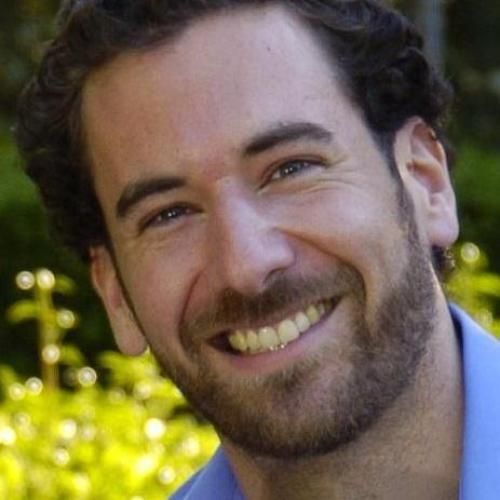Cell cycle and cell death after DNA damaye
A variety of cellular responses to DNA damage influence cellular fate, such as whether heritable genetic alterations are passed on to daughter cells and whether the cell survives the damaging insult. The p53 and ATM gene products play critical roles in modulating perturbations in cell cycle progression and in programmed cell death after DNA damage. Posttranscriptional increases in p53 protein levels after introduction of DNA strand breaks can lead to either arrest of the cell cycle in G l or in apoptotic death of the cell. Loss of p53 function may be selected for during tumorigenesis to reduce programmed cell death, but p53 mutations may then contribute further to tumor progression by the additional mechanism of enhanced genetic instability. Growth factor signalling pathways can inhibit the DNA damage-induced apoptotic death and may provide a novel target for enhancing tumor kill after chemo/radiation therapy. DNA damage induces a specific phosphorylation change in p53 protein which may contribute to its induction. The ATM protein is homologous to the yeast DNA damage response proteins rad3, tell, and mecl and is required for normal induction of p53 after ionizing irradiation. ATM dysfunction leads to radiosensitivity, enhanced chromosomal breakage, and loss of cell cycle checkpoints. Identification of dominant-negative and complementing fragments of ATM has facilitated investigations into the mechanisms of ATM function.
Duke Scholars
Published In
ISSN
Publication Date
Volume
Issue
Related Subject Headings
- Biochemistry & Molecular Biology
- 3208 Medical physiology
- 3101 Biochemistry and cell biology
- 1116 Medical Physiology
- 0606 Physiology
- 0601 Biochemistry and Cell Biology
Citation
Published In
ISSN
Publication Date
Volume
Issue
Related Subject Headings
- Biochemistry & Molecular Biology
- 3208 Medical physiology
- 3101 Biochemistry and cell biology
- 1116 Medical Physiology
- 0606 Physiology
- 0601 Biochemistry and Cell Biology



